Anti-mTOR (clone W24V29) Recombinant Antibody Coupled Liposome (VS-1024-FY30)
CAT#: VS-1024-FY30
The anti-mTOR antibody-conjugated liposomes show potential application value in the treatment of human colon cancer. Research indicates that these liposomes can enhance the therapeutic effects on colon cancer by activating the Akt/mTOR and P53 pathways.
Anti-mTOR antibody-conjugated liposomes can potentially regulate the mTOR signaling pathway in ischemic myocardium, promoting cellular metabolism and autophagy processes, thereby improving cardiac function.
Anti-mTOR antibody conjugated liposomes hold significant promise in the treatment of adrenocortical carcinoma by enabling targeted delivery of therapeutic agents directly to cancer cells expressing the mTOR pathway. This specificity can enhance the effectiveness of the treatment while minimizing off-target effects, potentially improving patient outcomes. Moreover, the use of liposomes can facilitate the sustained release of drugs, increasing the duration of therapeutic action and potentially leading to better tumor control. Furthermore, this approach can also serve as a valuable research tool to study mTOR-related signaling pathways in adrenocortical carcinoma and identify new therapeutic targets.
Anti-mTOR antibody conjugated liposomes have significant potential in the treatment of metastatic fibrosarcoma by specifically targeting the mTOR pathway, which is often dysregulated in cancer cells. This targeted delivery mechanism enhances the therapeutic efficacy of anti-cancer agents while minimizing systemic toxicity. Additionally, the use of liposomes can improve drug solubility and stability, facilitating better penetration into tumor tissues. Overall, this approach may lead to improved outcomes in patients with metastatic fibrosarcoma by providing a more precise and effective treatment option.








Specifications
- Potential Clinical Applications
- Human colon carcinoma, Ischemic myocardium in vivo, Adrenocortical carcinoma, Metastatic fbrosarcoma
Product Composition
- Clone
- W24V29
- Antibody Type
- IgG
- Antibody Host
- Mouse
- Antibody Reactivity
- Human
- Antibody Description
- This product is a recombinant antibody derived from mouse sources, specifically designed to target the mechanistic target of rapamycin (mTOR). mTOR is a critical protein kinase that plays a pivotal role in regulating cellular processes such as growth, proliferation, metabolism, and autophagy.
Product Property
- Storage
- See in the COA
- Storage Shelf Time
- See in the COA
Target Information
- Target
- mTOR
- Introduction
- The protein encoded by this gene belongs to a family of phosphatidylinositol kinase-related kinases. These kinases mediate cellular responses to stresses such as DNA damage and nutrient deprivation. This protein acts as the target for the cell-cycle arrest and immunosuppressive effects of the FKBP12-rapamycin complex. The ANGPTL7 gene is located in an intron of this gene.
- Alternative Names
- Mechanistic Target Of Rapamycin Kinase; Rapamycin And FKBP12 Target 1; Mammalian Target Of Rapamycin; FK506-Binding Protein 12-Rapamycin Complex-Associated Protein 1; Mechanistic Target Of Rapamycin (Serine/Threonine Kinase); FK506 Binding Protein 12-Rapamycin Associated Protein 2; FKBP12-Rapamycin Complex-Associated Protein 1; Rapamycin Associated Protein FRAP2; FKBP-Rapamycin Associated Protein; Mechanistic Target Of Rapamycin; Rapamycin Target Protein 1; FRAP1; FRAP2
- Full Name
- Mechanistic Target Of Rapamycin Kinase
- Gene ID
- 2475
- UniProt ID
- P42345
- Sequence Similarities
- Belongs to the PI3/PI4-kinase family.
- Cellular Localization
- Cytoplasm, Cytoplasmic vesicle, Endoplasmic reticulum, Golgi apparatus, Lysosome, Membrane, Microsome, Mitochondrion, Mitochondrion outer membrane, Nucleus
- Post Translation Modifications
- Autophosphorylates when part of mTORC1 or mTORC2. Phosphorylation at Ser-1261, Ser-2159 and Thr-2164 promotes autophosphorylation. Phosphorylation in the kinase domain modulates the interactions of MTOR with RPTOR and PRAS40 and leads to increased intrinsic mTORC1 kinase activity. Phosphorylation at Thr-2173 in the ATP-binding region by AKT1 strongly reduces kinase activity.
- Protein Refseq
- NP_004949.1
- Function
- Serine/threonine protein kinase which is a central regulator of cellular metabolism, growth and survival in response to hormones, growth factors, nutrients, energy and stress signals. MTOR directly or indirectly regulates the phosphorylation of at least 800 proteins. Functions as part of 2 structurally and functionally distinct signaling complexes mTORC1 and mTORC2. Activated mTORC1 up-regulates protein synthesis by phosphorylating key regulators of mRNA translation and ribosome synthesis. This includes phosphorylation of EIF4EBP1 and release of its inhibition toward the elongation initiation factor 4E (eiF4E) (By similarity). Moreover, phosphorylates and activates RPS6KB1 and RPS6KB2 that promote protein synthesis by modulating the activity of their downstream targets including ribosomal protein S6, eukaryotic translation initiation factor EIF4B, and the inhibitor of translation initiation PDCD4. This also includes mTORC1 signaling cascade controlling the MiT/TFE factors TFEB and TFE3: in the presence of nutrients, mediates phosphorylation of TFEB and TFE3, promoting their cytosolic retention and inactivation. Upon starvation or lysosomal stress, inhibition of mTORC1 induces dephosphorylation and nuclear translocation of TFEB and TFE3, promoting their transcription factor activity. Stimulates the pyrimidine biosynthesis pathway, both by acute regulation through RPS6KB1-mediated phosphorylation of the biosynthetic enzyme CAD, and delayed regulation, through transcriptional enhancement of the pentose phosphate pathway which produces 5-phosphoribosyl-1-pyrophosphate (PRPP), an allosteric activator of CAD at a later step in synthesis, this function is dependent on the mTORC1 complex. Regulates ribosome synthesis by activating RNA polymerase III-dependent transcription through phosphorylation and inhibition of MAF1 an RNA polymerase III-repressor.
Customer Review
There are currently no Customer reviews or questions for VS-1024-FY30. Click the button above to contact us or submit your feedback about this product.
Submit Your Publication
Published with our product? Submit your paper and receive a 10% discount on your next order! Share your research to earn exclusive rewards.
Related Signaling Pathways
Related Diseases
Downloadable Resources
Download resources about recombinant antibody development and antibody engineering to boost your research.
Datasheet
MSDS
COA
Certificate of Analysis LookupTo download a Certificate of Analysis, please enter a lot number in the search box below. Note: Certificate of Analysis not available for kit components.
See other products for "MTOR"
Select a product category from the dropdown menu below to view related products.
| CAT | Product Name | Application | Type |
|---|---|---|---|
| MOB-1695z | Mouse Anti-MTOR Recombinant Antibody (clone 35C1) | WB, ICC, IF, IHC | Mouse IgG1 |
| CAT | Product Name | Application | Type |
|---|---|---|---|
| MOB-0941MZ | Recombinant Mouse Anti-Human MTOR Antibody (clone 64F22) | ICC, IF | Mouse antibody |
| CAT | Product Name | Application | Type |
|---|---|---|---|
| MOR-2318 | Hi-Affi™ Recombinant Rabbit Anti-MTOR Monoclonal Antibody (DS2318AB) | ICC, IF, IHC-P, WB | IgG |
| CAT | Product Name | Application | Type |
|---|---|---|---|
| MOR-4652 | Hi-Affi™ Recombinant Rabbit Anti-MTOR Monoclonal Antibody (TH165DS) | WB, IF, ICC, FC | IgG |
| CAT | Product Name | Application | Type |
|---|---|---|---|
| MRO-1037-CN | Recombinant Rabbit Anti-MTOR Monoclonal Antibody (CBACN-384) | WB, IHC, IP | Rabbit IgG |
| CAT | Product Name | Application | Type |
|---|---|---|---|
| MRO-2048-CN | Rabbit Anti-MTOR Polyclonal Antibody (MRO-2048-CN) | IF, IHC, WB | Rabbit IgG |
| CAT | Product Name | Application | Type |
|---|---|---|---|
| ZG-0473U | Rabbit Anti-Phospho-MTOR (S2481) Recombinant Antibody (clone 3H11) | ELISA, WB, IF | Rabbit IgG |
| CAT | Product Name | Application | Type |
|---|---|---|---|
| VS-0325-XY1390 | Anti-MTOR Immunohistochemistry Kit | IHC |
| CAT | Product Name | Application | Type |
|---|---|---|---|
| VS-0525-XY4569 | Anti-Mouse MTOR Immunohistochemistry Kit | IHC |
| CAT | Product Name | Application | Type |
|---|---|---|---|
| VS-0525-XY4568 | Anti-Human MTOR Immunohistochemistry Kit | IHC |
Popular Products

Application: IP, IF, FuncS, FC, Neut, ELISA, IHC

Application: Neut, ELISA, IF, IP, FuncS, FC, IHC

Application: ELISA, IHC

Application: WB, FC, IP, ELISA, Neut, FuncS, IF
-2-1.png)
Application: IP, IF, FuncS, FC, Neut, ELISA, IHC

Application: IF, IP, Neut, FuncS, ELISA, FC, ICC
-YJ-3.jpg)
Application: ELISA

Application: FC, IHC-Fr, IP, ELISA, Block

Application: ELISA, IHC, FC, IP, IF, FuncS

Application: ELISA, IHC, FC, IP, IF, Inhib

Application: ELISA, FC, Inhib, FuncS

Application: Neut, ELISA, WB, SPR, IF, EM

Application: FC
-2.png)
Application: WB, ELISA, FuncS

Application: ELISA, Neut, FuncS

Application: ELISA, Vaccine, FuncS
For research use only. Not intended for any clinical use. No products from Creative Biolabs may be resold, modified for resale or used to manufacture commercial products without prior written approval from Creative Biolabs.
This site is protected by reCAPTCHA and the Google Privacy Policy and Terms of Service apply.











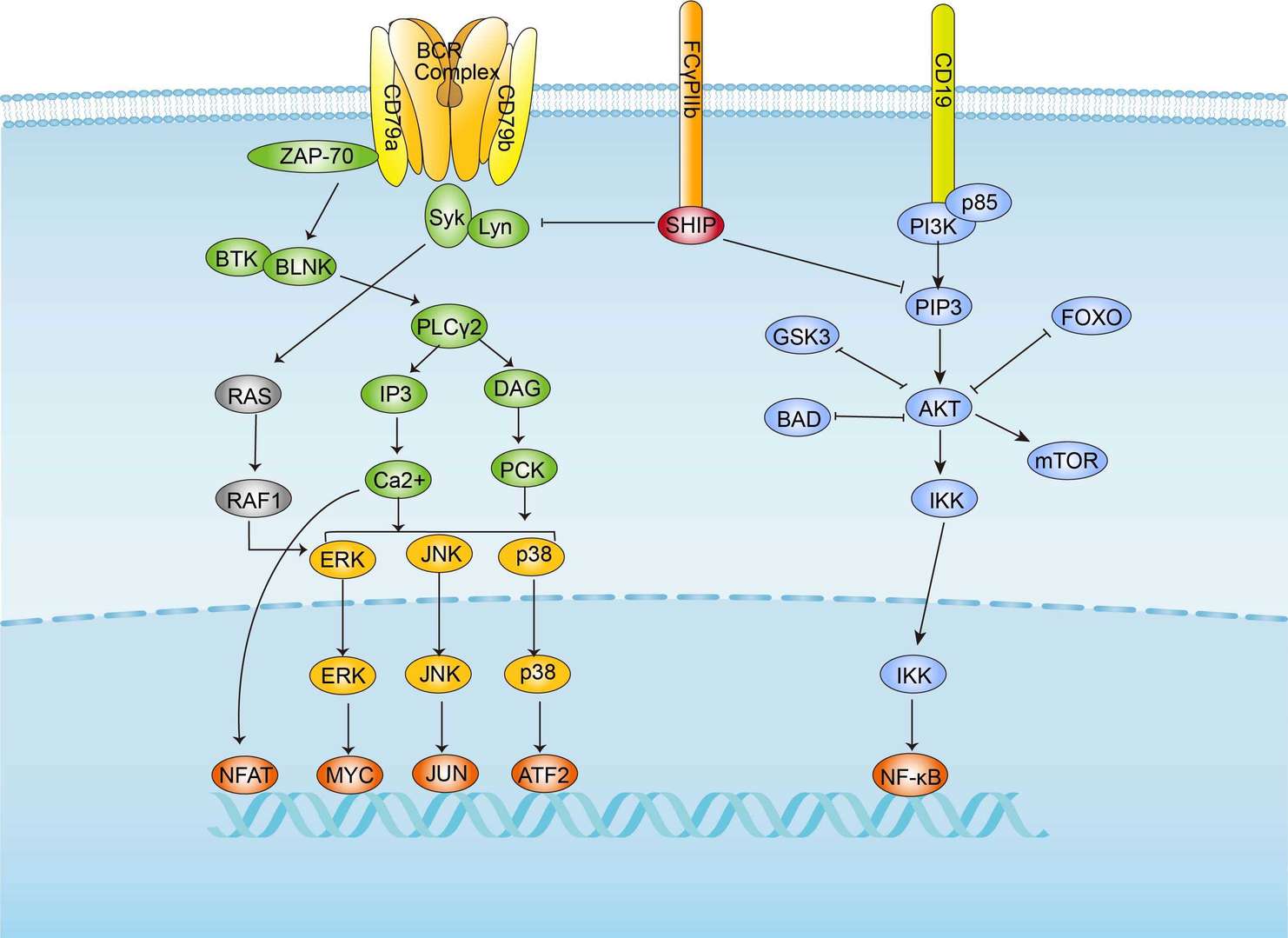 BCR Signaling Pathway
BCR Signaling Pathway
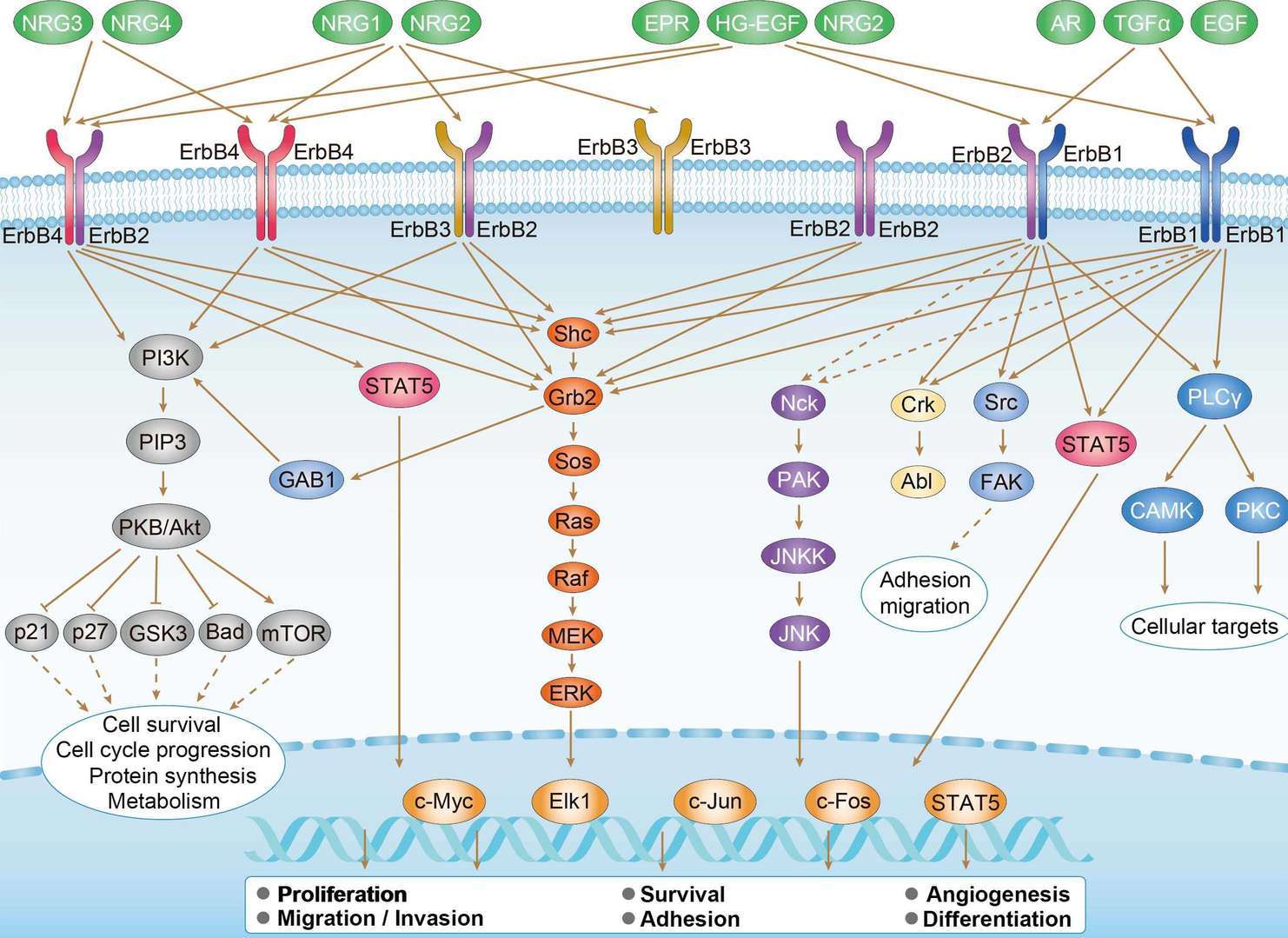 ErbB Signaling Pathway
ErbB Signaling Pathway
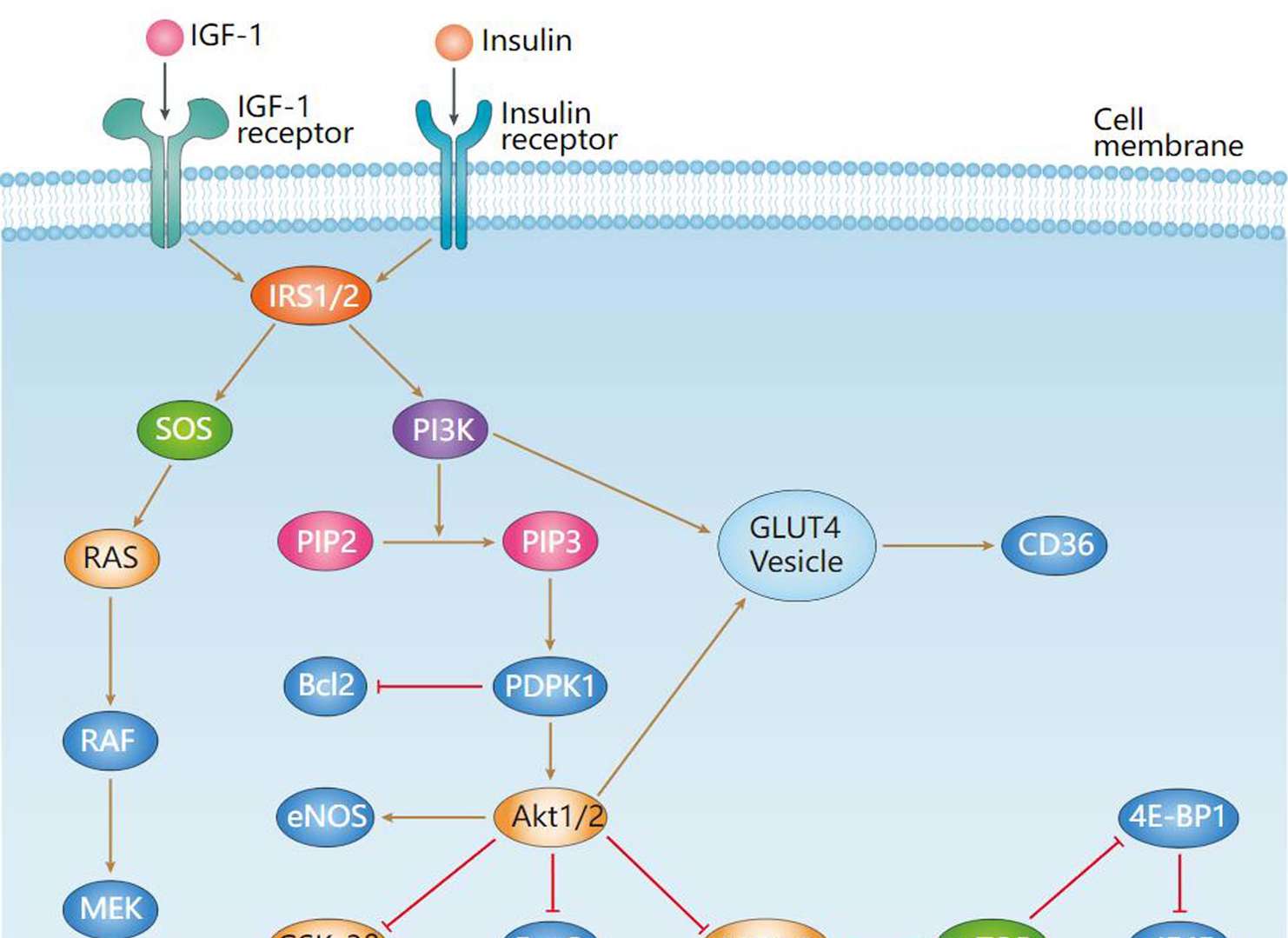 Insulin Signaling Pathway
Insulin Signaling Pathway
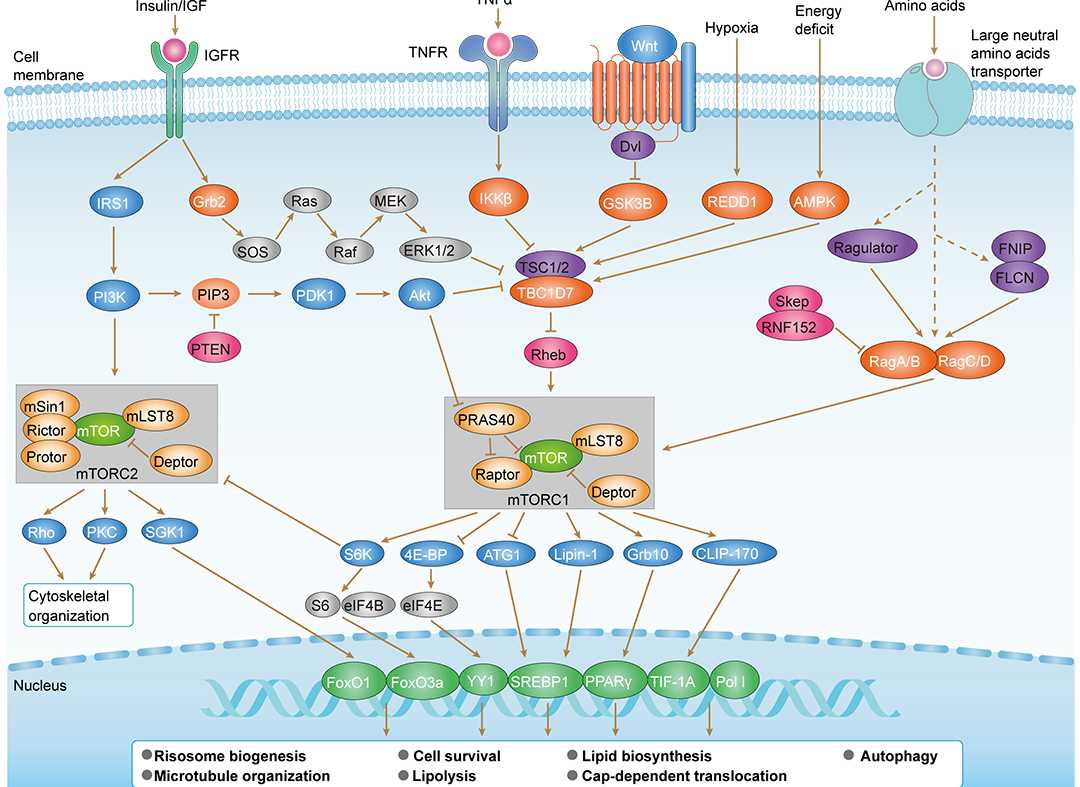 mTOR Signaling Pathway
mTOR Signaling Pathway
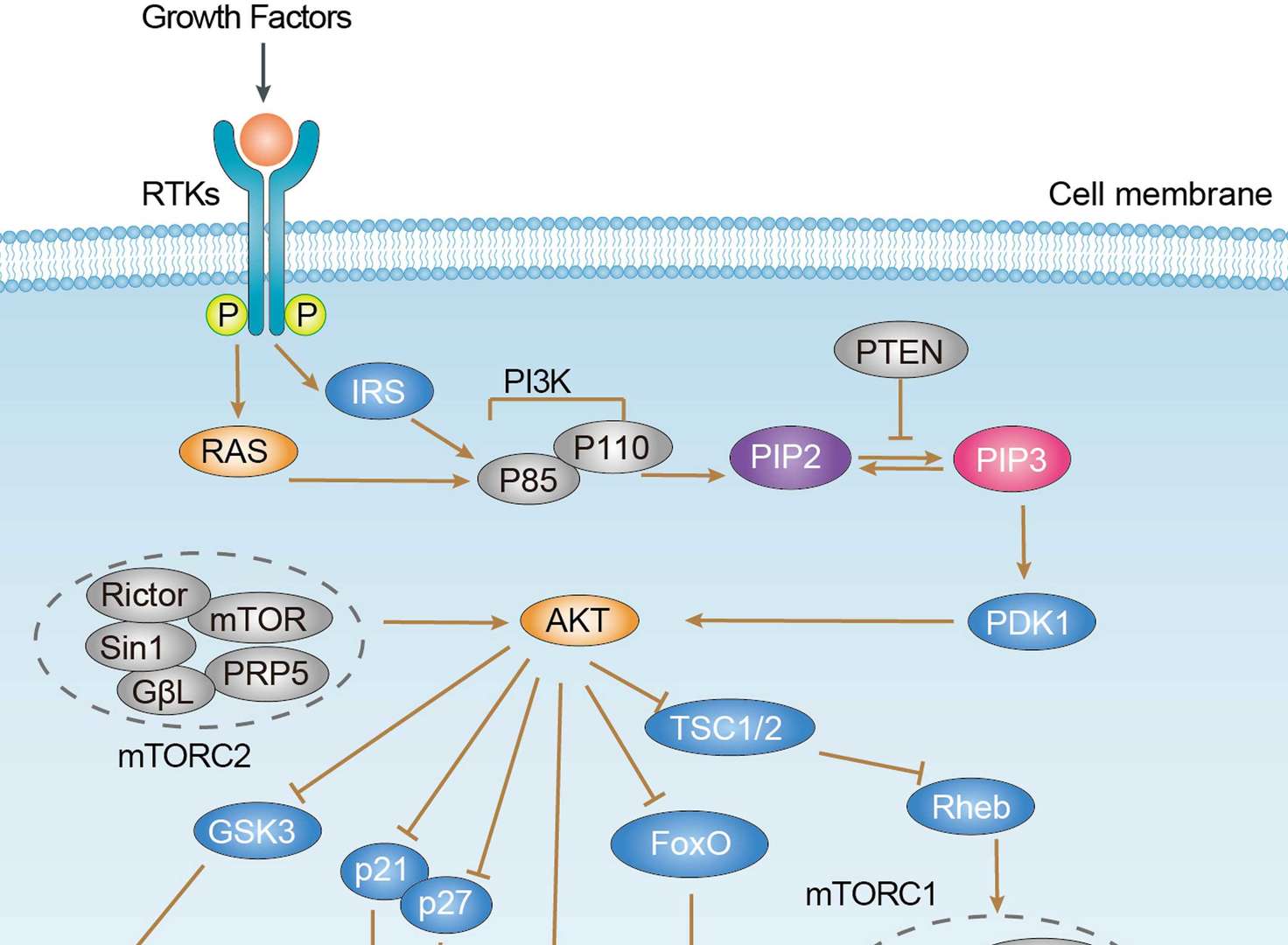 PI3K-Akt Signaling Pathway
PI3K-Akt Signaling Pathway
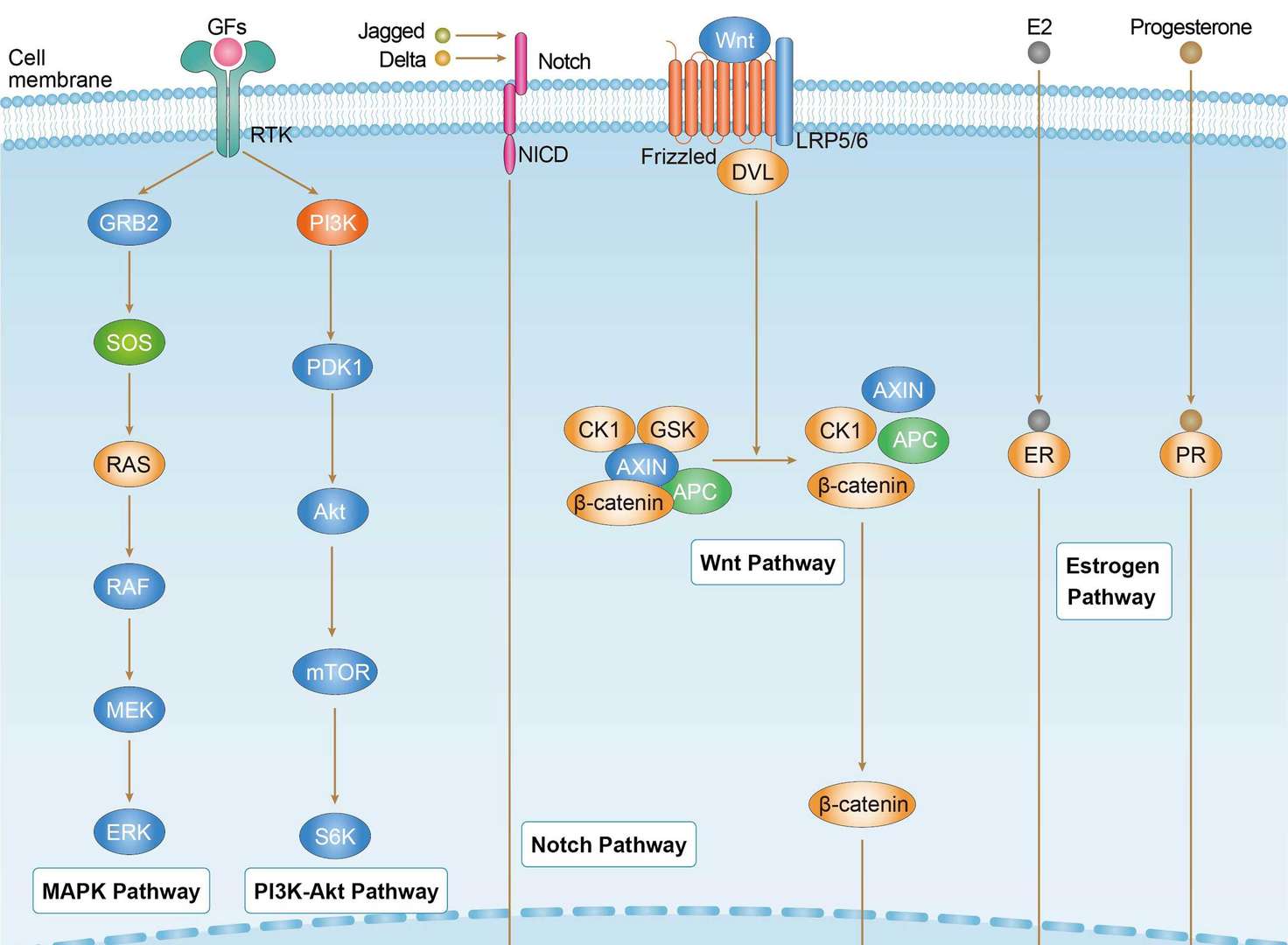 Breast Cancer
Breast Cancer
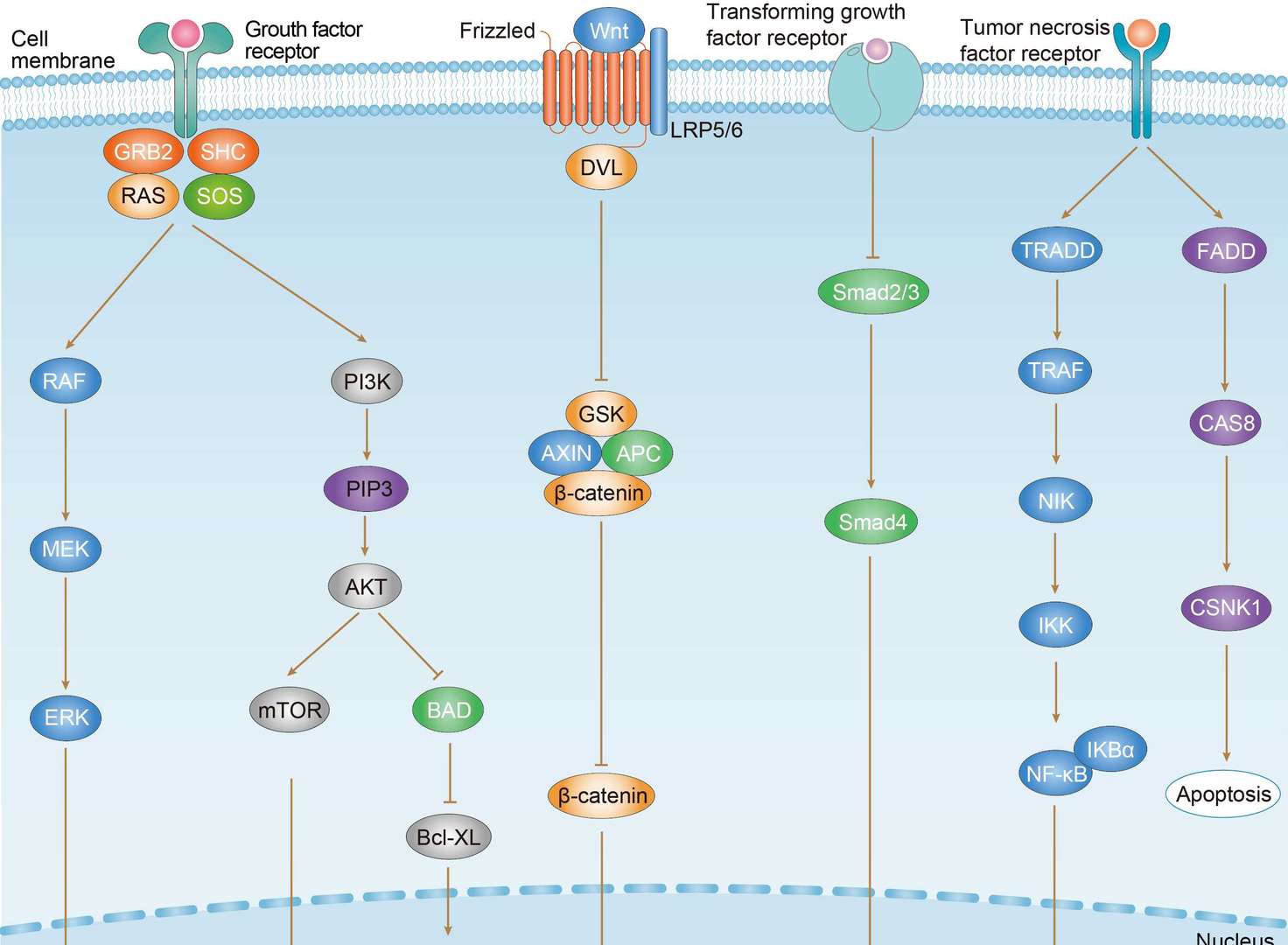 Colorectal Cancer
Colorectal Cancer
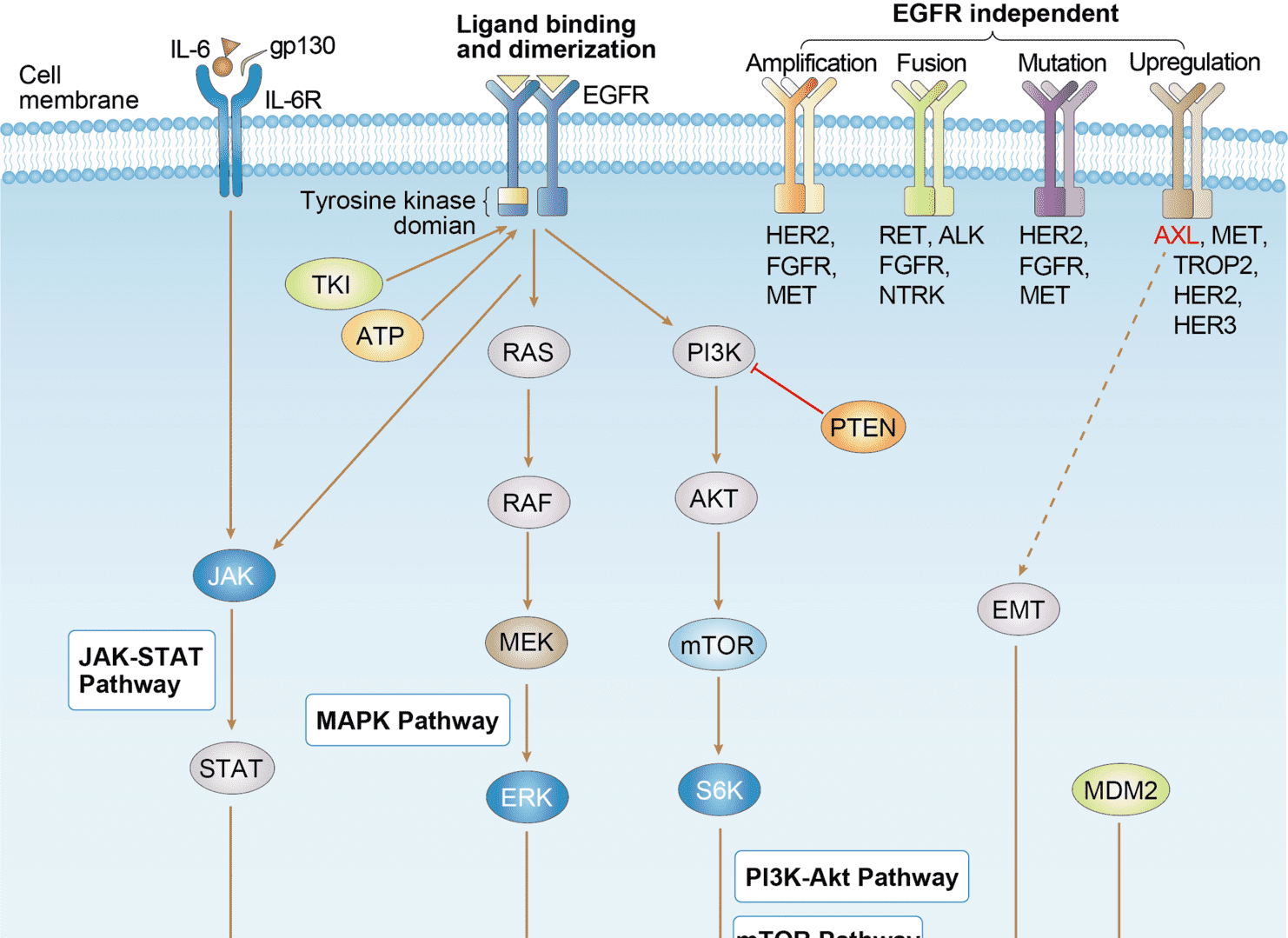 EGFR Tyrosine Kinase Inhibitor Resistance
EGFR Tyrosine Kinase Inhibitor Resistance
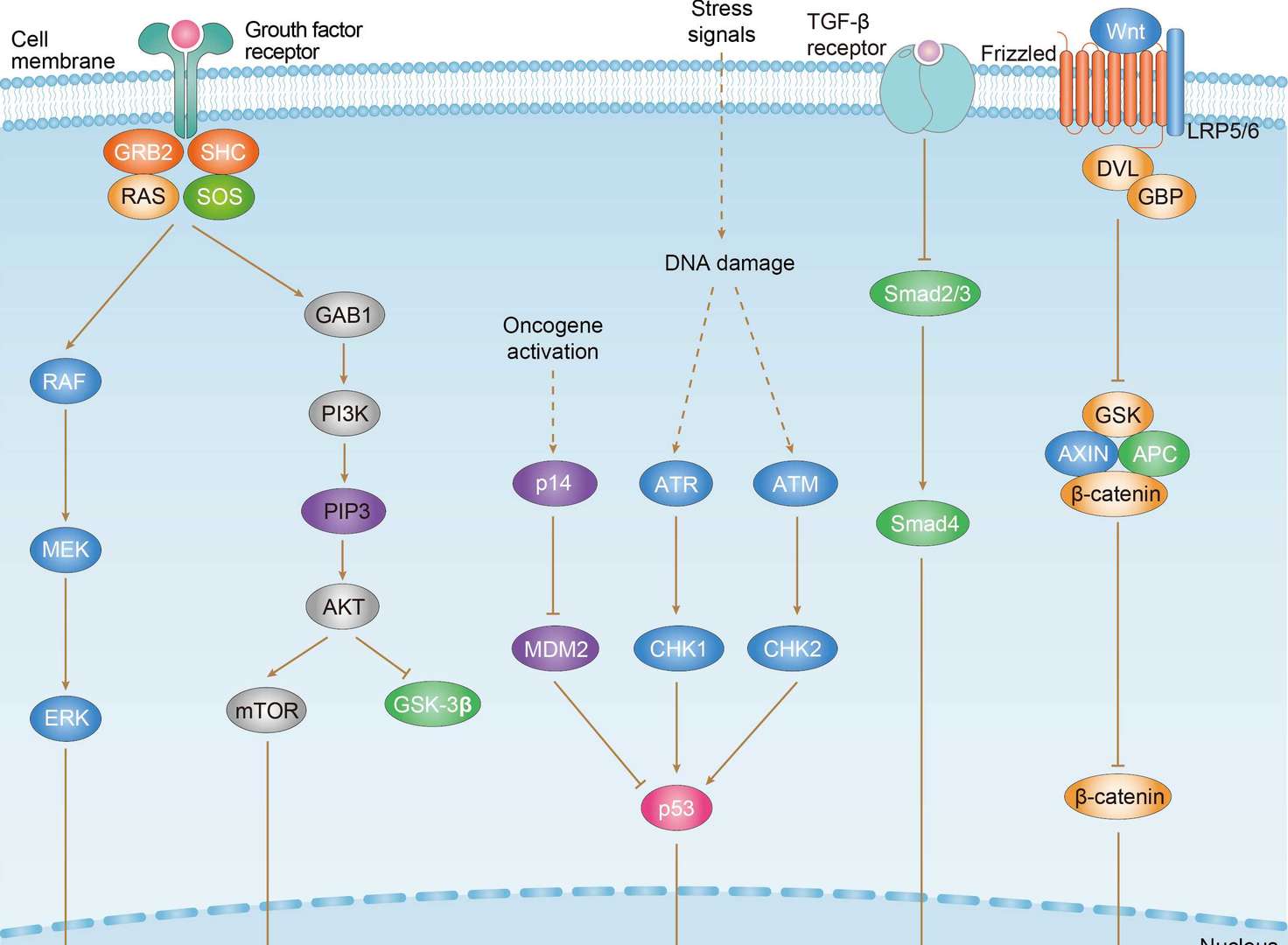 Gastric Cancer
Gastric Cancer
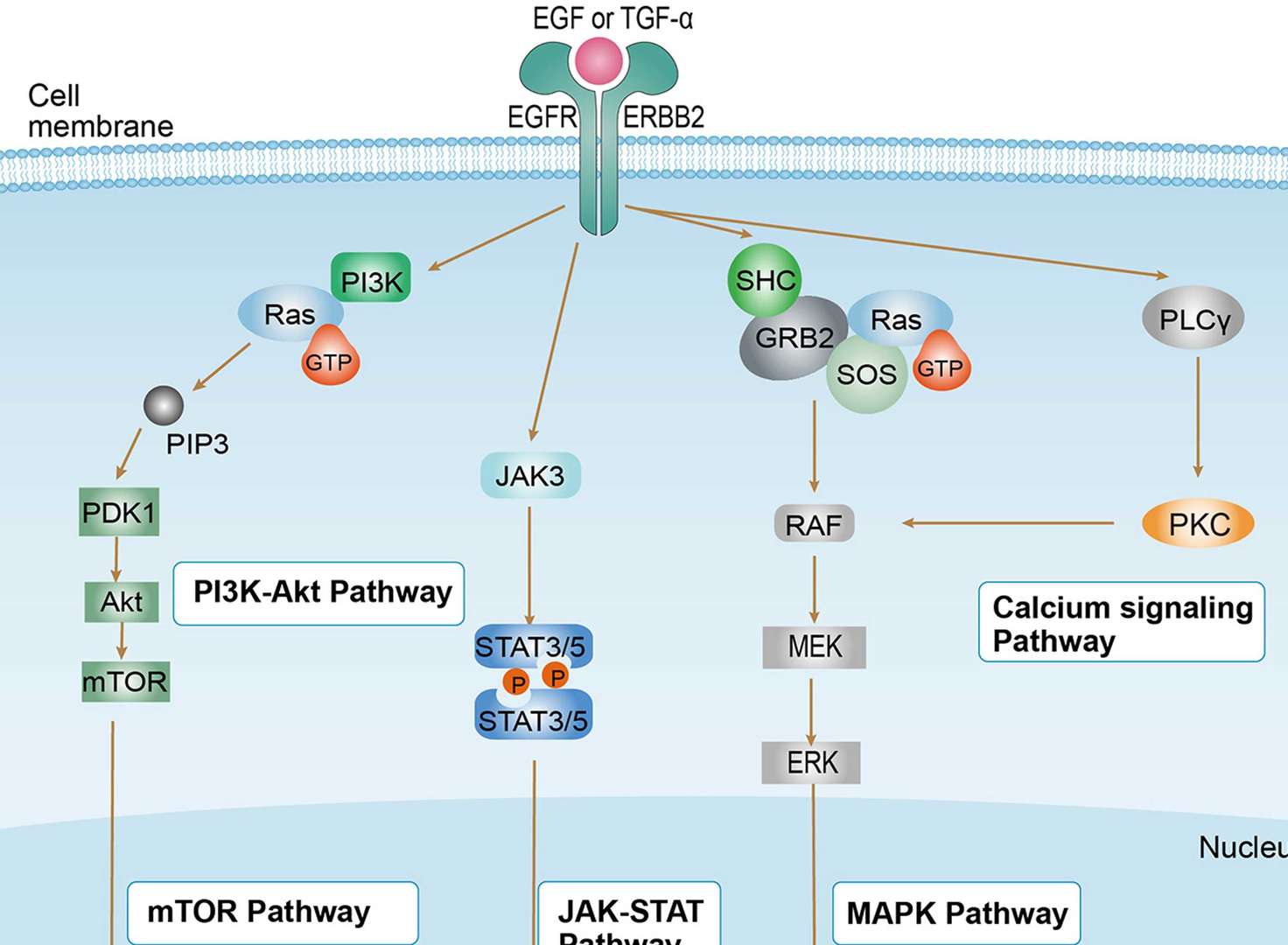 Non-small Cell Lung Cancer
Non-small Cell Lung Cancer
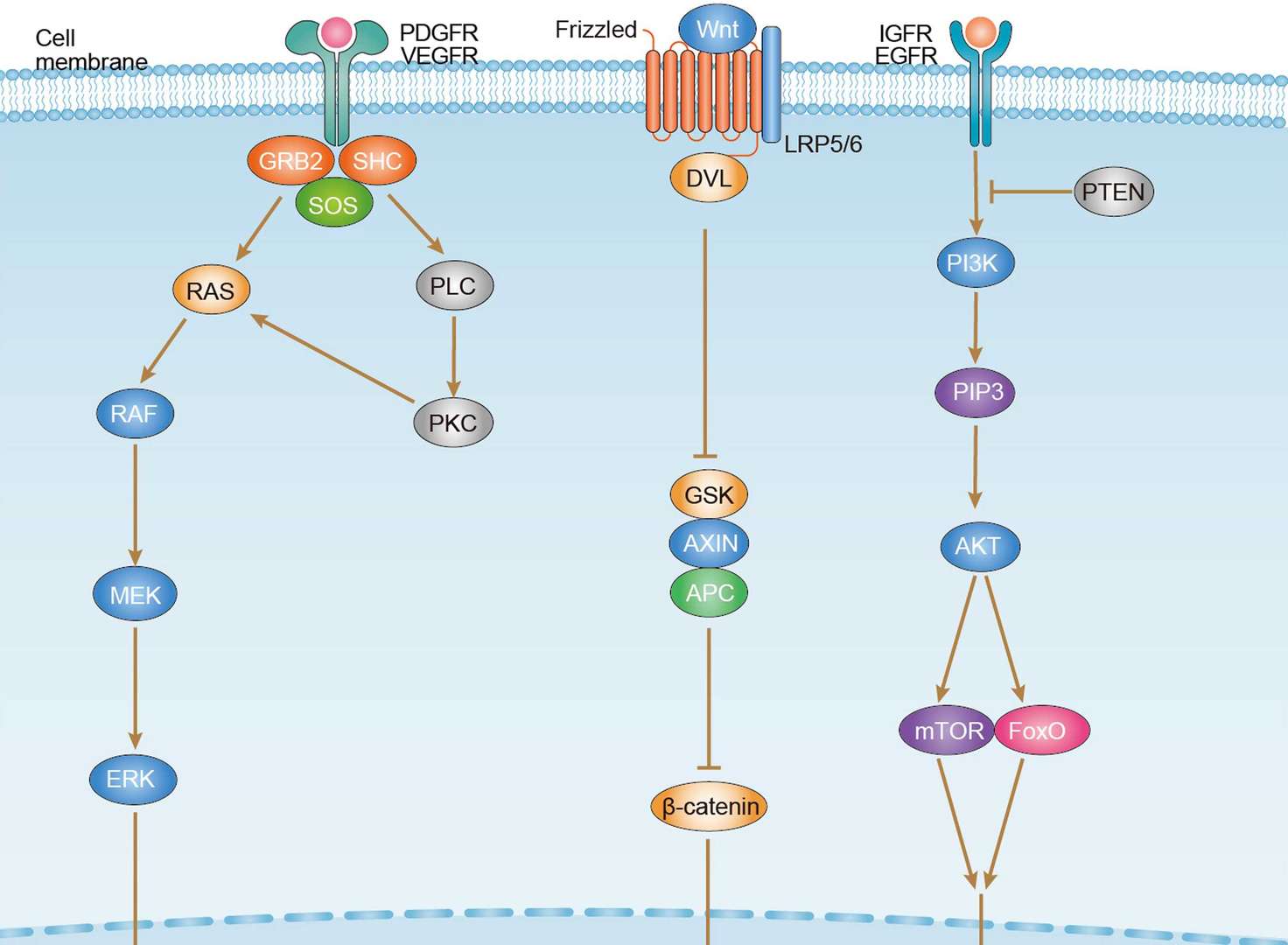 Hepatocellular Carcinoma
Hepatocellular Carcinoma







